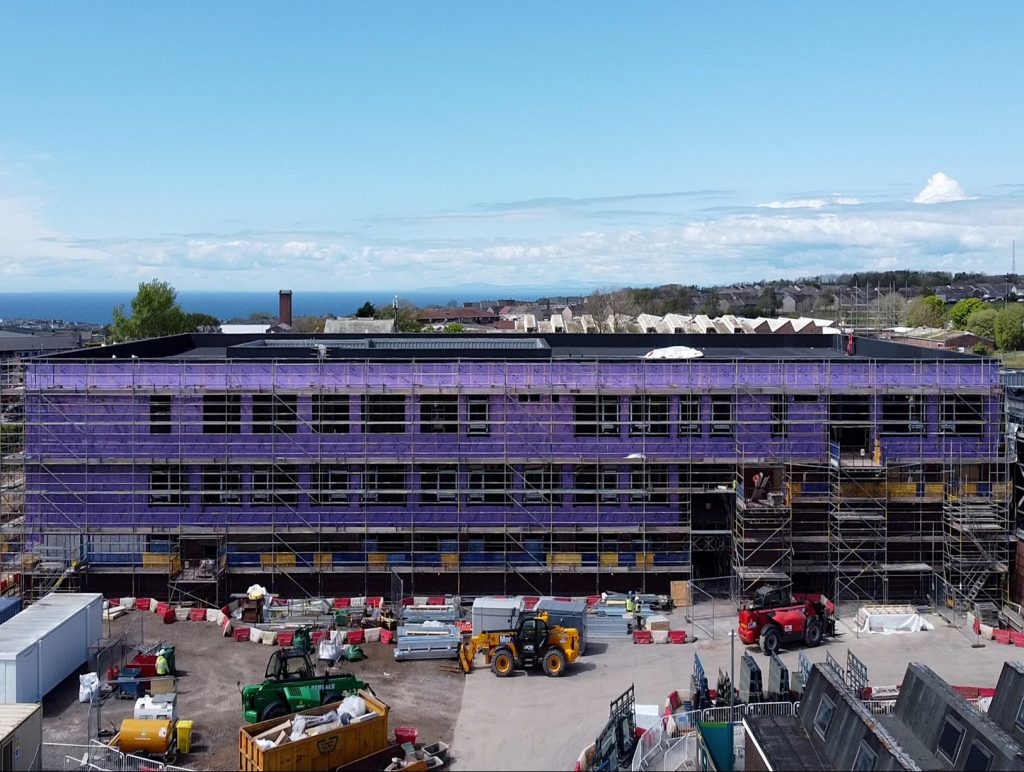Methods like off-site manufacturing look set to stay long after lockdowns lift:
COVID has changed the way we work. In many ways it’s hard to imagine going back to old ways of working, particularly when we consider the benefits brought by more flexible or efficient methods in construction.
Across the sector, the pandemic has accelerated the use of modern methods of construction (MMC) and prompted the introduction of new, more efficient ways of working. And by bringing the importance of health and wellbeing into sharper focus, it has highlighted the need for greater empathy and understanding, and flexible working for staff.
Now there are some practices that look set to stay:
Planning & Off-site manufacturing methods
The pandemic has had a big impact on how projects are planned, scheduled and delivered.
Planning now focusses on factors such as site layouts, numbers of staff on-site and consecutive sequencing, before time limits or budgets. While planning like this can be time intensive, the changes it delivers are being well received by workers, delivering productivity benefits and improving site tidiness.
Methods like off-site manufacturing have helped developers to continue delivering projects during lockdowns, or while numbers on-site are limited due to social distancing. To mitigate the impact of sequencing trades to work on-site one-at-a-time, the implementation of more off-site manufacturing methods is helping on scheduling.
Using off-site methods will also improve planning, making processes more predictable and less prone to impact from external factors such as weather.
For steelwork contractors these methods are nothing new. Many elements of steel fabrication can be managed off-site, such as pre-assembling components and fire protecting or painting members, delivering time, cost and quality benefits.
Project planning has also been impacted by unstable supply-chains, highlighted not just by COVID but also by Brexit and events such as the Suez Canal blockage. Recalibrating supply chains will be essential in the new normal, whether by sourcing from additional or domestic suppliers to spread risk, or identifying alternative material streams.
Communication
COVID has also impacted communication methods, with the adoption of more online tools.
Using web-based tools and digital technologies, contractors have been able to improve or update communication channels, after having to lean more heavily on these in the last year.
With the help of technology distancing will be the new norm. Web-based meeting rooms, which ensured communication remained open and clear between workers, are set to stay as they have made projects or processes more efficient and flexible. And switches to methods like virtual inspections or online briefings can improve productivity and flexibility as well as reduce risks on-site.
Additionally, things like videoconferencing or online meetings will allow main clients to consult with stakeholders or communities during planning processes either more broadly or more quickly on new projects.
Safety & Wellbeing
The pandemic has highlighted the importance of safety and wellbeing in all aspects of our lives.
Even as lockdowns are gradually lifted, it looks likely that some measures, certainly around hygiene and perhaps around social distancing in manual roles, will become permanent features.
Health, safety and employee wellbeing have been highlighted as essential to running safe, efficient sites. Less crowded workspaces, more prominent hygiene measures, increased cleaning schedules and flexible working patterns will be essential to ensure workers feel safe and valued as they return to any type of workplace.
For the construction sector, this could also mean new projects redesigning and remodelling buildings to create more open-plan offices or workspaces.
These new ways of working have become a positive consequence of the last 18 month’s events for main clients, constructors and steelwork contractors alike. Continuing with such sound construction, engineering and HSQE principles can only be a good thing.

